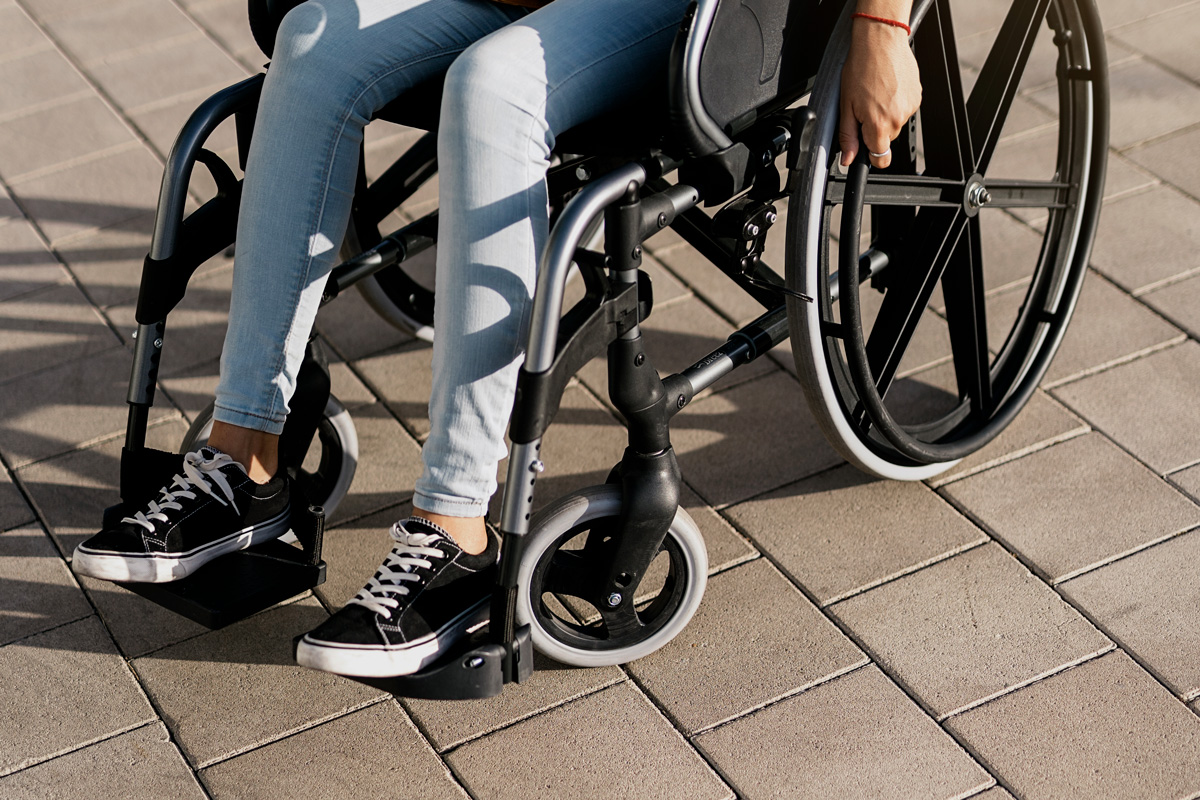Speed Read
- Gender diversity and inclusion has become a mainstream business issue for public and private sector organisations
- The representation of women on boards of ASX 200 listed companies has increased from eight per cent in 2009 to 27 per cent today. That’s a 237 per cent jump
- Many companies are working hard to making flexibility the norm, as more and more Australians use technology to work in an agile and innovative way
- More than one million Australian workers are now able to take leave and enjoy other protections because of domestic violence clauses in their workplace agreement or award conditions (as of 2016)
- There has been significant developments for people with disability, and a marked growth in Pride Inclusion programs assisting Australian organisations with the inclusion of lesbian, gay, bisexual, transgender, and intersex (LGBTI) employees
When you’re involved in driving diversity progress, it’s easy to feel disheartened about the pace of change in our workplaces. But rather than focusing attention at the top of the aspirational mountain – a gender-balanced, culturally diverse, flexible and inclusive workplace achieved through systemic change efforts – it can be helpful to look at what has been achieved so far. That’s a kind of “backward climbing up the mountain” approach to help us feel more optimistic about making a difference.
There have been many positive developments in diversity and inclusion over the past decade. The same decade in which a formal apology to Australia’s Indigenous peoples was made, Australia’s parliament legislated for marriage equality, and the iPhone transformed our economy and society.
Few would have failed to notice gender diversity has become a mainstream business issue for public and private sector organisations, spurred on by ASX Corporate Governance Guidelines introduced in 2010. These Guidelines require listed entities to formally report their diversity initiatives to the public or state the reason why no disclosure has been made. Back in 2009, the representation of women on boards of ASX 200 listed companies was eight per cent. Today it stands at 27 per cent. That’s a 237 per cent jump.
Currently, 84 ASX 200 companies have reached the target set by the Australian Institute of Company Directors of achieving 30 per cent female representation across ASX 200 boards by the end of 2018. Twelve companies have 50 per cent or more female representation on their boards, including Fortescue Metals Group, Medibank Private, Nine Entertainment Company and SEEK. Women increasingly hold managing partner, CEO and chair positions at our top law firms too. The pipeline for executive and board positions is growing. Between 2014 and 2017, the proportion of women in management ranks (in organisations reporting to the Workplace Gender Equality Agency) edged upwards from 35.9 per cent to 38.4 per cent.

Image Credit: Santi Nunez / Stocksy United
A meaningful shift towards greater female employment in traditionally male dominated sectors such as manufacturing, mining, construction and utilities was noted by Westpac economists in June 2018. This is significant, because Australia has long had one of the more highly segregated labour forces compared to other OECD countries and achieving gender representation throughout the workforce in all industries and occupations is key to addressing the gender pay gap. Notwithstanding the major concern of gender pay inequity in Australia, data released by the WGEA in November 2017 showed a notable 10.8 percentage point rise from the previous year in the proportion of employers analysing their remuneration data for gender pay gaps. The #MeToo movement has given added impetus to stamping out inappropriate workplace behaviours and unequal practices, and spotlighting the importance of psychological safety in the workplace.
The Australian workforce has also changed in its age make-up. For the first time in history, four, and in some cases five, generations are working side by side. We’ve seen a broad increase in participation among Australians in their 50s and 60s, particularly over the past decade. This is encouraging because it shows we’re overcoming stereotypes of older workers as less motivated or resistant to change, as well as providing opportunities for older people who need and/or choose to prolong their workforce participation.
Cultural diversity is a rapidly growing area of focus among corporates, with groups such as the Asian-Australian Lawyers Association and Leadership Council of Cultural Diversity (bringing together chief executives from business, government, media and higher education) providing visible advocacy. Since being launched in 2012, more than 200 organisations from the business, sports, education, local government and community sectors have signed on as supporters of the national anti-racism campaign, ”Racism. It Stops with Me”.
Many companies are working hard to make flexibility the norm, as more and more Australians use technology to work in an agile and innovative way. Ten years ago, it was not uncommon for partners and CEOs to tell us that part-time leadership roles would never work. Today several large firms such as Telstra, Westpac, PwC, and Origin Energy offer “all roles flex” to shake up long-held assumptions that jobs need to be full-time and based at an office or company site. Many law firms have partners who work part-time among a range of flexible arrangements. Nearly 70 per cent of organisations reporting to the WGEA have a policy or strategy for flexible working.
‘The more diverse the thinking, the more diverse the experiences, the better the outcome.”
According to the Australian Bureau of Statistics (ABS), 30 per cent of Australian employees worked from home in 2016, a 10 per cent increase since 2001. A significant growth in men opting for flexible working programs has also been observed. This is a major step in reducing gender inequality in the workplace because it supports a fairer split of caring and work responsibilities and reduces some of the subtle advantages men enjoy from employers anticipating they won’t take time off or work flexibly. The ABS says the amount of fathers choosing to take up flexible working hours increased to 30 per cent in 2017, which is almost double what it was in 1996.
Access to paid parental leave has also improved, and that’s been important for the retention of new parents in the workforce. Australia’s first national Paid Parental Leave scheme was introduced on 1 January 2011, providing two payments – Parental Leave Pay and Dad and Partner Pay (including adopting parents and same-sex couples). In addition to the Federal Government’s paid parental leave scheme, 46 per cent of organisations reporting to the WGEA provide primary carer’s leave and 39 per cent provide secondary carer’s leave.
More than one million Australian workers are now able to take leave and enjoy other protections because of domestic violence clauses in their workplace agreement or award conditions (as of 2016). The past decade has also seen significant developments for people with disability. In 2008 Australia ratified the United Nations (UN) Convention on the Rights of Persons with Disabilities (CRPD) and today organisations such as the Australian Network on Disability provide outstanding resources and benchmarks so organisations can better meet the needs of customers and employees with disability.

We’ve also seen a marked growth in Pride Inclusion programs assisting Australian organisations with the inclusion of lesbian, gay, bisexual, transgender and intersex (LGBTI) employees. This year, 12 organisations were awarded Gold Employer status at the Australian LGBTI Inclusion Awards. Particularly notable was the shift in the industry makeup of top award winners, previously dominated by companies in financial and professional services. Gold Employer winners included EY, AGL Energy, ANZ, the Australian Taxation Office, Brisbane City Council, Clayton Utz, RMIT, and Woolworths. EY, one of the first large companies to voice support for marriage equality in 2017, noted the value of awareness training and education programs when it was named the most inclusive employer at the 2018 Pride in Diversity Awards.
There are many other encouraging signs of change. Many organisations have set targets that extend beyond demographic markers to broader measures of inclusion tracked through engagement surveys. Numerous organisations have embedded unconscious bias and inclusive leadership education in leadership curriculum and undertaken substantial diagnostics to understand their company’s inclusion challenges and opportunities to bolster performance.
Of course, there’s so much more to do to press for progress and each one of us can do our bit. As leaders, at the very least, we can practice “micro-affirmations”, the term coined by Professor Mary Rowe of Massachusetts Institute of Technology to describe “tiny acts of opening doors to opportunity, gestures of inclusion and caring, and graceful acts of listening”. This might be as simple as actively seeking out diverse views in your meetings or considering where and when team meetings and social events are held to avoid inadvertent exclusion. There’s many other actions we can take to lead inclusively and support diversity.
But this article is about recognising the progress we’re all making as we climb the mountain, step by step, to create more inclusive workplaces that benefit everyone and lift performance. As PwC Chief Executive Officer Luke Sayers recently said, diversity is key to a successful workplace: “The more diverse the thinking, the more diverse the experiences, the better the outcome.”




